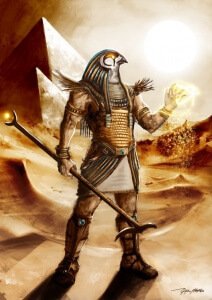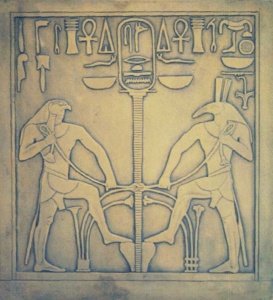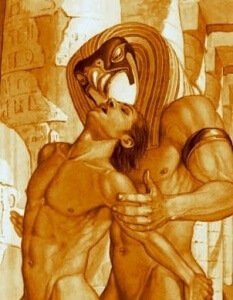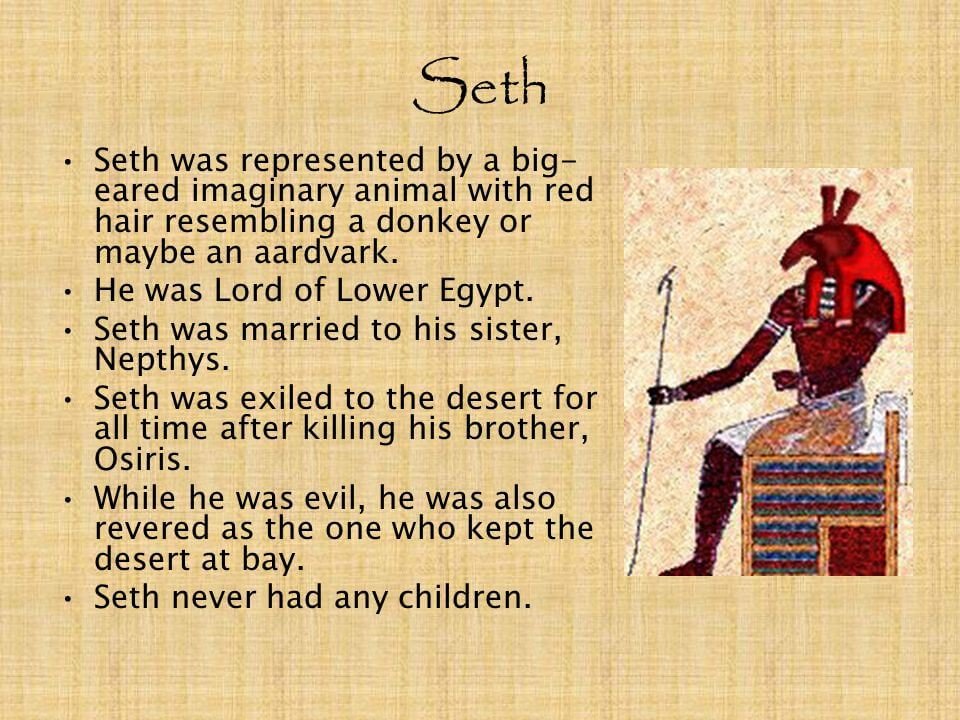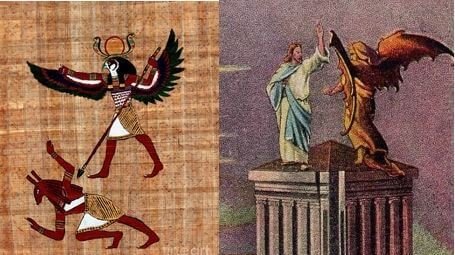Horus – The Ancient Egyptian God
Horus is one of the most significant deities in the ancient Egyptian religion who was worshiped from at least 3100 BC through the Greek-Roman era. There are different forms of Horus that have been recorded in history and these are treated as distinct gods of Egypt. These forms may be the same multi-layered God in which certain attributes or relationships are expressed. He was most often depicted as a falcon, peregrine or as a man with a falcon head. The earliest recorded form of Horus is the patron deity of Neken in upper Egypt, who was the first known national god, related to the king who in time came to be regarded as a manifestation of Horus in life and Osiris in death. The family relationship describes Horus as the son of Isis and Osiris, and he plays a key role in the Osiris myth as Osiris’s heir and the rival to Set, the murderer of Osiris. In another tradition, Hathor is regarded as his mother and as his wife. Horus served many functions in the Egyptian way of life , most notably as a god of the sky, war and hunting.
Egyptian Gods Seth and Horus around the sign of the union.
CGG 411, JE 31137 Egyptian Museum, Cairo, Egypt
The Tale of Horus and Set
It was said that Set, the patron of Upper Egypt, and Horus, the patron of Lower Egypt, had battled for Egypt brutally, with neither side victorious, until eventually the gods had sided with Horus. The result was Neb giving the throne to Horus. As Horus was the ultimate victor, he became known as Harsiesis, Heru-ur or Har-Wer (‘Horus the Great’), but more usually translated as Horus the Elder. In the struggle Set had lost a testicle, explaining why the desert, which Set represented, is barren. Horus’ left eye had also been gouged out, then a new eye was created by the Khonsu (the moon god), and was replaced. Horus represented the eclipsing binary Algol in the Calendar of Lucky and Unlucky Days of papyrus Cairo. Horus was occasionally shown in art as a naked boy with a finger in his mouth sitting on a lotus flower with his mother. In the form of a youth, Horus was referred to as Neferhor. This is also spelled Nefer Hor, Nephoros or Nopheros meaning ‘The Good Horus’.
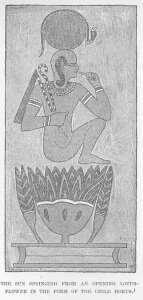
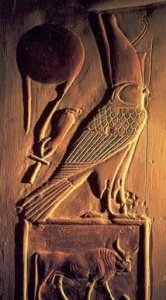
Horus As a Child sitting atop a Lotus Flower(left) -
A crowned version of Horus as a Falcon. Below is the sign of Taurus, to the left is a Cross. (center)
Goddess Isis nursing Horus, wearing the headdress of Hathor. (right)
Conflict between Horus and Set
Horus was told by his mother, Isis, to protect the people of Egypt from Set the god of the desert, who had murdered his father Osiris. Horus had numerous battles with Set, not only to avenge his father, but to choose the rightful ruler of Egypt. In these battles, Horus came to be associated with Lower Egypt, and became its patron.
Egyptian God Horus mating with Set
Set is depicted as trying to prove his dominance by seducing Horus and then having intercourse with him. However, Horus places his hand between his thighs and catches Set’s semen then subsequently throws it in the river, so that he may not be said to have been inseminated by Set. Horus then deliberately spreads his own semen on lettuce which was Set’s favorite food. After Set had eaten the lettuce, they went to the gods to try to settle the argument over the rule of Egypt. The gods first listened to Set’s claim of dominance over Horus, and call his semen forth, but it answered from the river, invalidating his claim. Then, the gods listened to Horus’ claim of having dominated Set, and call his semen forth, and it answered from inside Set. Set was furious.
Seth – Lord of the Desert
However, Set still refused to relent, and the other gods were getting tired from over eighty years of fighting and challenges. Horus and Set challenged each other to a boat race, where they each raced in a boat made of stone. Horus and Set agreed, and the race started. But Horus had an edge: his boat was made of wood painted to resemble stone, rather than true stone. Set’s boat, being made of heavy stone, sank, but Horus’s did not. Horus then won the race, and Set stepped down and officially gave Horus the throne of Egypt.
Seth versus Horus & Yeshua versus Satan
But after the New Kingdom, Set still was considered Lord of the desert and its oases. In many versions of the story, Horus and Set divide the realm between them. This division can be equated with any of several fundamental dualities that the Egyptians saw in their world. Horus may receive the fertile lands around the Nile, the core of Egyptian civilization, in which case Set takes the barren desert or the foreign lands that are associated with it; Horus may rule the earth while Set dwells in the sky; and each god may take one of the two traditional halves of the country, Upper and lower Egypyt in which case either god may be connected with either region. In the tale it is the God Geb who judges the outcome of the contest between Horus and Set. Eventually he declares that Horus is the winner and therefore the rightful ruler of Egypt. Does this remind you of anything? Yes, Yeshua/Christ against Satan. Darkness against light. And yes, Enlil was Horus and then became Yeshua. He is the light bearer , the Lamb of God. It is NOT a coincidence that Horus’ details are the same as Yeshua`s details… That is done for good reason.
This is our newest find with Torah code relating the Ra. A huge thanks to Torah Code Researcher and Prime Cleric of the EOC, Richard Ruff.

